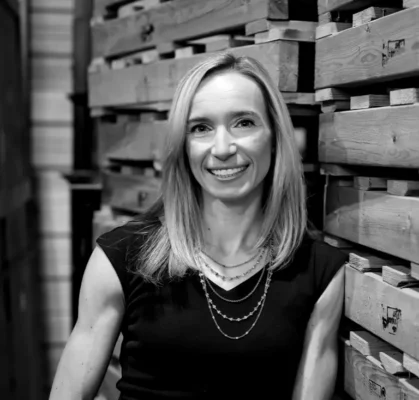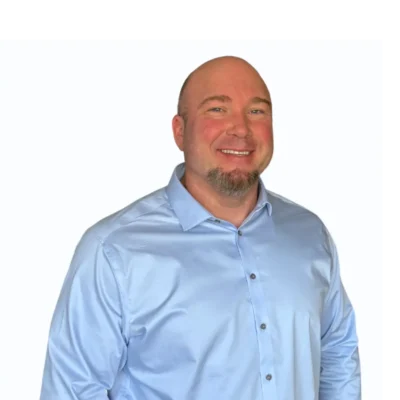EuroShop 2014, a retail trade fair to be held Feb. 16-20 in Düsseldorf, Germany, will explain the possibilities for creating special ambiances in brick-and-mortar stores to counter E-commerce competitors.
One clear trend of recent years continues today and is growing stronger: the continuous increase in available materials, according to the Materialreport 2013-14, which is the annual materials update issued by German agency Raumprobe.
Segments of EuroShop — EuroConcept and EuroExpo in Halls five and 10 to 15 — will give an overview of the entire materials spectrum.
Genuine materials and nature — identical surfaces
“We see two trends right now in the retail segment: one toward natural materials and another toward individualized designs. That’s why we expect an abundance of natural and substantial materials – rustic wood, for example, but also stone or concrete. The most convincing materials will be the ones that have some distinct feature allowing the creation of a customized appearance,” said Klaus Monhoff, director of design and décor management, Egger Group. “We do justice to these trends by employing new digital-print motives mostly highlighting material characteristics and natural features. The same applies for acoustic boards in warm unicolor tones and wood as well as compact boards with indentions on the surface.”
The company Freund – Material für Ideen was a highlight at the last staging of EuroShop with its “Wonderwall,” a vertical green space. The company now uses moss labyrinths as acoustic ceiling sails.
“Materials should be extraordinary, trendy, durable and at the same time low maintenance and multifunctional,” said Nina Freund,Freund – Material für Ideen.
Kreos, a distributor specializing in board and surface materials for high-end interior design applications, also offers moss boards in 11colors. New in the Kreos product range is organic composite board with hay, barley, autumn foliage and other surfaces.
“A longing for authenticity is growing as a counterbalance to our technology-dominated era and the artificial world of the Internet,” said Nicole Lepper, member of the Management Board, Moysig Retail Design.
Among those authentic materials are scrap wood, metal, stone and leather. Based on its database records, Raumprobe determined this year’s top 10 most-requested material categories: wood at 20 percent, plastics at 19 percent, textiles at 12 percent, coating and metal with 11 percent each, glass at 8 percent, concrete at 6 percent, stone at 5 percent, and ceramics at 3 percent as well as sandwich structures and paper at 2 percent each.
Four major trends in Europe
The carpet fiber brand Antron conducts regular trend studies surveying floor coverings and home furnishings. It identified four major trends in Europe for 2014-15:
- Natural Minimalism: natural materials; clear, reduced forms; fine structures and surfaces; soft, powdery colors; and the blue palette of indigo.
- Global Patchwork: It describes the fusion of distinct cultural influences, including ethnic, Native American and African styles, the modern interpretation of tradition, the mix of décors, materials, crafts and industrial manufacturing as well as colorful, gleaming nuances.
- Sense of Touch: This includes 3D effects, optical illusions, multi-layered and generally multifarious structures, materials with peaks and valleys as well as geometrical patterns and shapes. The dominant colors are black, gray and white — a splash of neon delivers the contrast.
- Recreate Century: It signifies the resurgence of historical elements. Antiques are central as is opulence in the form of flamboyant patterns. The tone is set by high-gloss, metallic surfaces and silver, gold and copper hues.
Geared toward retailers, designers, shopfitters and stand builders, Euroshop 2014 will also discuss using materials as a language and sustainability.






























